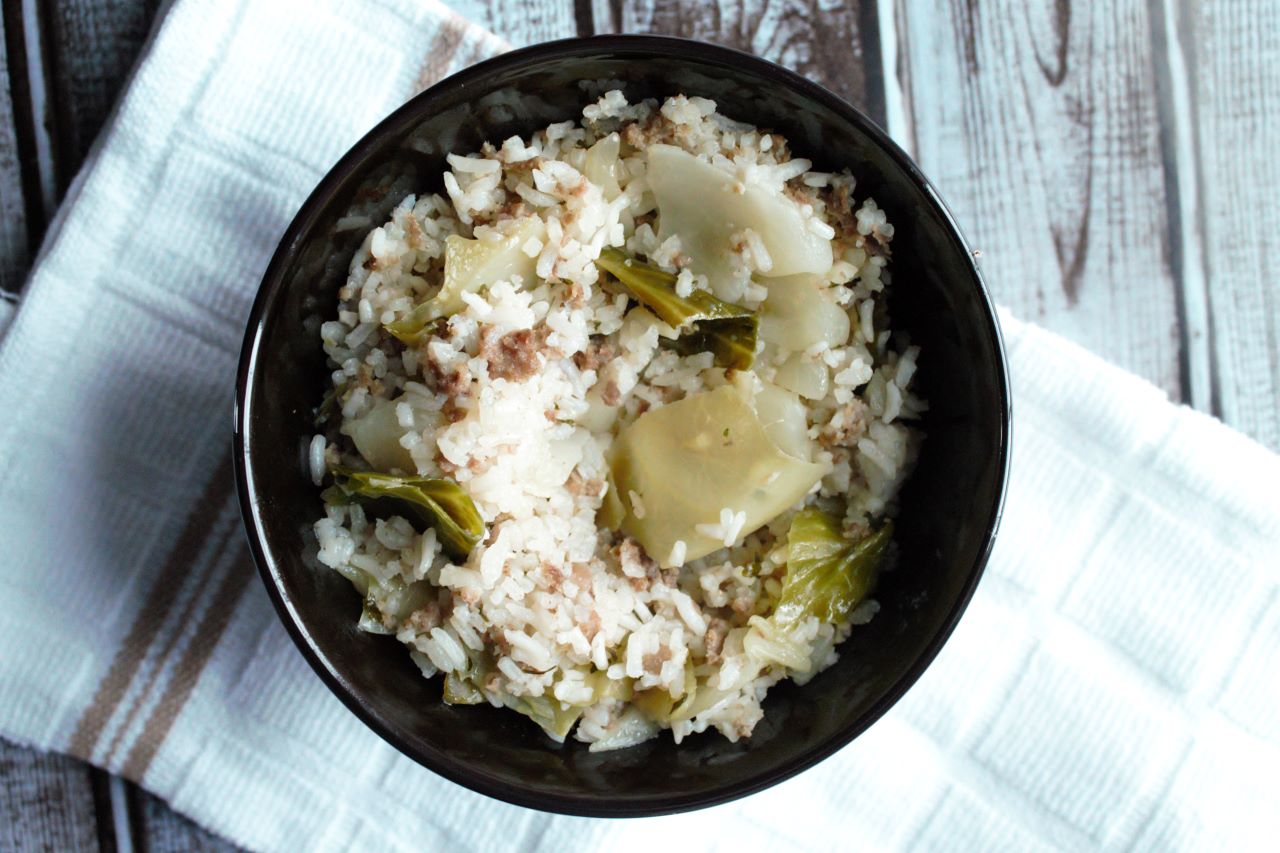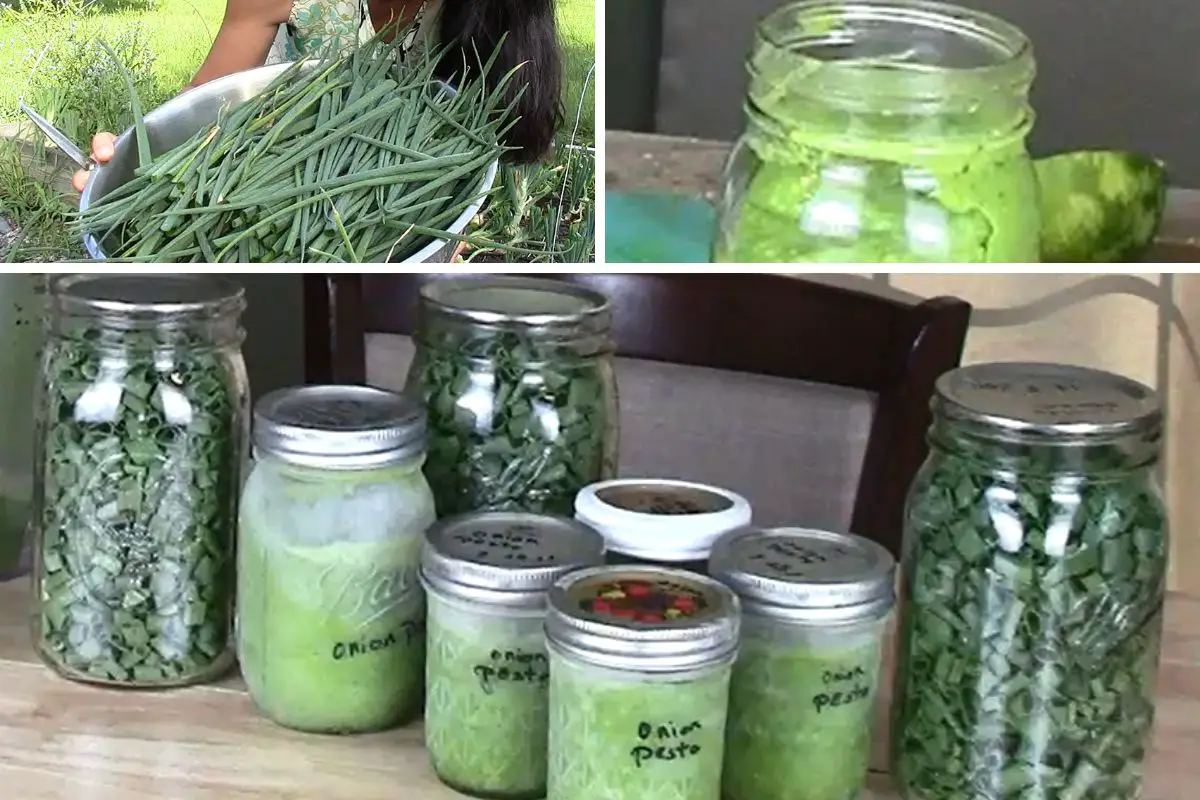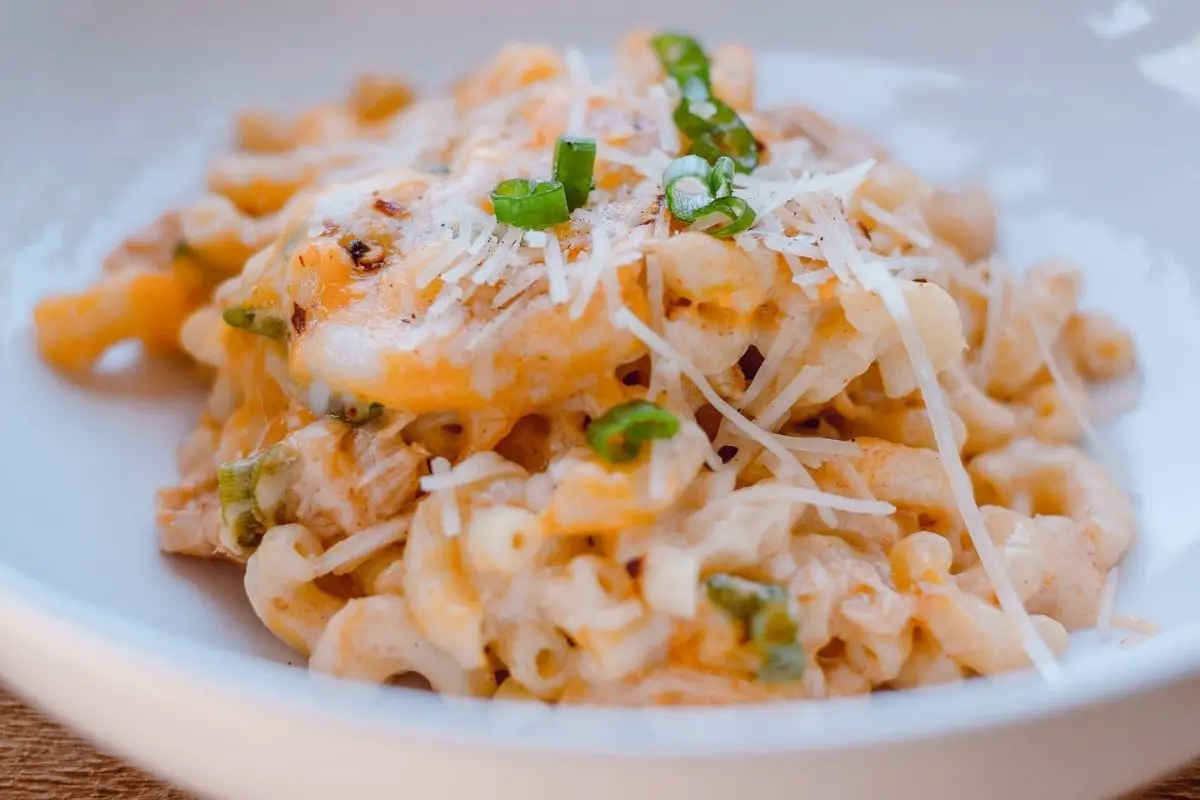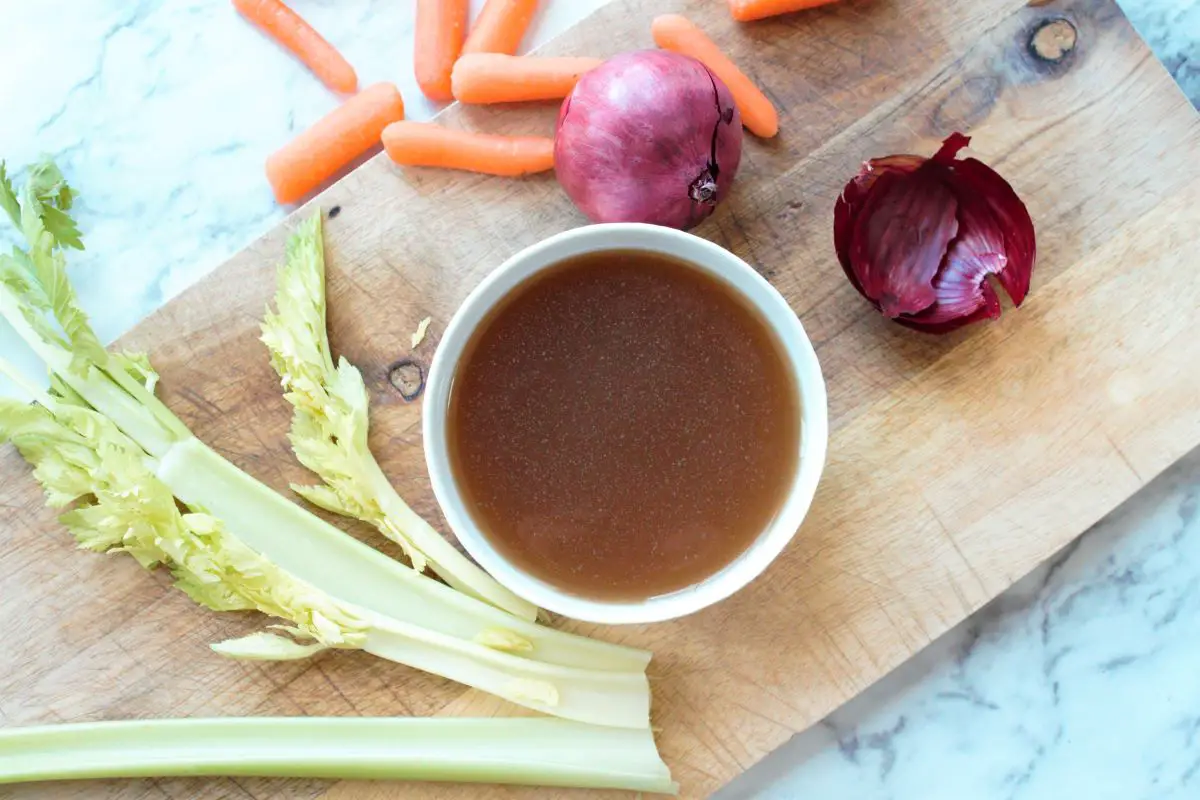Unstuffed cabbage rolls are essentially deconstructed cabbage rolls. You can also think of it as cabbage rolls’ not so pretty sister, however, she is beautiful on the inside. If you love cabbage rolls, but do not love the time it takes to make them, then you will love this recipe.
This Unstuffed Cabbage rolls recipe is very similar to the first Stuffed Cabbage Rolls recipe that I have shared with you, and it tastes just as great. The difference here is simply the technique.
Instead of spending about an hour or two to make a large pot of cabbage rolls, this recipe takes about 15 to 30 minutes, and of course, you have to add the cooking time too. I make these Unstuffed Cabbage Rolls, or deconstructed cabbage rolls, often whenever I am out of time and need something quick that my family likes to eat.
Jump to RecipeINGREDIENTS FOR MAKING UNSTUFFED CABBAGE ROLLS
- Cabbage leaves
- Ground beef
- Long grain rice
- Chicken broth the amount you use depends on the type of rice you are using. Some rice requires more liquid, some less. To know how much liquid your rice needs to be fully cooked, simply read the packaging.
- Cinnamon is going to add a hint of sweetness and depth of flavor.
- Nutmeg both nutmeg and allspice will add depth of flavor and some sharpness making this dish super flavorful and delicious.
- Allspice
- Black pepper for a tiny bit of spiciness.
- Bay leaf
- Salt
- Parsley
- Olive oil
- Minced garlic (if you are not a garlic lover like I am, you could cut that amount in half or even completely take it out.)
- Water for blanching the cabbage
UTENSILS
- Chopping board
- Large sharp knife
- Medium Heavy bottom stockpot
- Wooden Spoon
- Measuring cups
- Measuring spoons
- Large plate
- Kitchen spider or a slotted spoon
- fine sieve
PREPPING THE CABBAGE BEFORE BLANCHING
When I first created this recipe, I used to separate the cabbage leaves before I blanch them, then blanch them, then slice them. I have since then changed my technique to make this recipe even easier and quicker.
After having my baby, I have been trying to optimize my recipes in order to have the least amount possible of meal prep time and to cook them in as little time as possible.

What I have changed now is instead of separating the cabbage leaves before I blanch, I now slice a big piece off the cabbage head making sure to not include any stalk with it. I then slice it into 2-inch-thick long slices. After that, I slice them into 2-inch cubes. No Leaf separating and no time wasting.

However, if you do not like the large leafy stems in your food, you can separate the leaves, cut out the stems, then slice them into the proper size. I personally do not like the larger stems in my food. Sometimes, I fish them out after I slice them, and sometimes I am in a hurry and just don’t care to do so.
If you like the cabbage slices to be smaller, you can go ahead and slice them into smaller pieces. I prefer to have them in big pieces. The reason for that is that the cabbage leaves will not get overcooked, and they keep that wonderful fresh flavor.
I noticed that whenever I slice the cabbage leaves into small pieces they end up having a very soft and mushy texture, and an odd flavor. If you want to avoid that, make sure to have them in larger slices instead of small slices.
WHY BLANCH THE CABBAGE FOR OUR UNSTUFFED CABBAGE ROLLS?
No matter how nicely I try putting this into words, we cannot avoid the facts. Cabbage has a habit of, well, let’s just say it gives digestive issues.
Blanching the cabbage will minimize its unflattering effects on our digestive system which in term will make it easier to digest. Now you can enjoy your meal without bloating or other sorts of unspoken discomforts.
HOW TO BLANCH CABBAGE?
To blanch the cabbage for our unstuffed cabbage rolls, we will need to prepare the water first.

Fill a heavy bottom stockpot with water, and bring it to a boil on high heat. Once the water reaches a rolling boil, carefully add in the sliced cabbage leaves. Allow them to blanch for one to two minutes, or until they are deepen in color.
What is Blanching
Blanching is not the same thing as cooking. Blanching is when you partially cook a vegetable or fruit in boiling water for a very short period of time. The vegetable or fruit is then transferred into an ice bath, or under cold running water. The cold chock stops the vegetable or fruit from continuing to cook.
What blanching essentially does is kill off any bacteria or enzyme that allows the food to deteriorate quickly. Hence, why we blanch most fruits and vegetables before storing them in our freezers.
In our case however, we are only trying to soften the cabbage leaves slightly in order to reduce the components that cause indigestion.
We also want to make them easily pliable in order to make it easier to incorporate them into the mixture.
You can run them under cold running water to stop the cooking process. I personally haven’t done that yet, but I think I am going to try it and see which way our family likes best.
If you over blanch them, you will end up with overcooked cabbage which we are trying to avoid.
Finishing off the Blanching process
Once the cabbage leaves are blanched, remove them from the boiling water by using a kitchen spider or a slotted spoon and transfer them onto a large plate.
At my house, every time I mention a kitchen spider everyone says what is that?! So if you too are wondering, no it is not my assistant spider that I keep in my kitchen, it is a large scooping spoon that has lots of holes in it like a sieve.
Reusing Blanching Water
Now you can get rid of the water which you have cooked the cabbage in. Or, what I like to do sometimes is to transfer the water into a bowl, allow it to cool, and then use it to water my plants.
Sometimes I also use it to kill plants by dumping it directly on the weed that I want to kill while the liquid is still piping hot. If you do choose to do so, make sure that you are not pouring the hot liquid next to a plant that you do want because it may end up killing it.
If you just want to dump the hot liquid into the sink, you can either wait until it cools down, and then dump it into the sink, or you can add cold water directly to the pot which will reduce the temperature of the liquid.
Pouring a hot liquid directly into the sink can cause pipe damage, to prevent that, you can use the techniques that I have just mentioned.
Now you can rinse the pot, dry it and get it ready to be used again.
PREPARING THE STUFFING FOR OUR UNSTUFFED CABBAGE ROLLS
Measure and place the rice into a sieve. Rinse it 2 to 3 times, and drain it well. Add the rice into the pot. Add in the ground beef, or lamb, salt, cinnamon, nutmeg, allspice, black pepper, garlic, parsley, and oil. Mix everything together.

Add in the blanched cabbage into the mix. Using your hands is simply the best way to mix everything together because it is the best tool to distribute the ingredients equally among the rice and meat. If you hate using your hands, you can wear cooking gloves.
ADDING IN THE LIQUID TO OUR UNSTUFFED CABBAGE ROLLS
Once everything is well combined, level it using your hand or a spoon.
Using your finger, poke some holes in the mixture. The holes should reach the bottom of the pot. The reason for the holes is to allow the hot liquid to reach in between the rice mixture and cook it.
Poor in the chicken broth. The amount of chicken broth that you are using will vary depending on the type of rice that you are using. Some rice requires a one to one ratio, and some a one to two ratio. Check the instructions on your bag of rice, and follow them.
I also like to add in about a 1/4 cup to a 1/3 cup extra water or chicken broth. I find that with the inclusion of the cabbage leaves, the rice needs a little more liquid to get cooked properly.
HOW TO COOK UNSTUFFED CABBAGE ROLLS
Cover the pot, place it on high heat and bring it to a boil.
Once the liquid reaches a rolling boil, take a wooden spoon and stir everything together well.
What this does, is prevent the rice and meat from clumping.
If the rice and meat clump together into one blob, what would happen is that the outside of this blob will get cooked while the inside stays uncooked. To prevent that from happening, we will stir the mixture together once it reaches a rolling boil.
Add the bay leaf on top of the rice mixture. Cover the pot again, reduce the heat to medium low, and allow it to cook for 30 to 35 minutes or according to the time indicated on the rice bag instructions.
If after the cooking time is over, you notice that the rice is still uncooked and all the water is evaporated, you can add in a little bit of hot chicken broth, mix everything together again, cover it and allow it to cook for a few more minutes.

HOW TO COOK UNSTUFFED CABBAGE ROLLS ON AN ELECTRIC STOVE
If you are using an electric stove, you might want to transfer the pot onto a different range when you change temperature from high heat to medium low. Electric stoves tend to hold on to the heat for a long time before they reach the temperature that you have reduced them to.
Electric stoves also tend to take longer to reach the desired heat. What I like to do, is while my mixture is getting heated in order to reach a boiling point, I turn on a small range at medium low. Once the food reaches a rolling boil, I stir it, and then directly transfer it onto the small preheated range.
All you have to do now is remove the bay leaf, serve it and enjoy.
You can also check the original Stuffed Cabbage Rolls.

Unstuffed Cabbage Rolls
Equipment
- Chopping board
- Large sharp knife
- Medium Heavy bottom stockpot
- Wooden Spoon
- Measuring cups
- Measuring Spoons
- Large plate
- Kitchen spider or a slotted spoon
- fine sieve
Ingredients
- 2 pounds cabbage leaves
- 1 pound ground beef
- 2 cups long grain rice
- 3 1/2 – 5 cups chicken broth this depends on the type of rice you are using
- 1 teaspoon cinnamon
- 1/8 teaspoon ground nutmeg
- 1/8 teaspoon allspice
- 1/2 teaspoon freshly ground black pepper
- 1 bay leaf
- 1 tablespoon salt
- 1 tablespoon parsley
- ¼ cup olive oil
- 2 tablespoons chopped garlic if you are not a garlic lover like I am, you could cut that amount in half or even completely take it out.
- 4 to 5 cups water or chicken broth if you are not using the chicken bouillon
- Water for blanching the cabbage
Instructions
- Start by slicing the cabbage head in half away from the stalk. Slice it length wise into 2-inch-thick slices, then slice them into 2-inch cubes. You’ll need about 2 pounds of sliced cabbage.
- Set the pot on high heat and bring the water to a boil.
- Once the water had reached the boiling point, place the sliced cabbage leaves into the boiling water and allow them to blanch for about one minute or until they slightly deepen in color.
- Pick up the leaves using a kitchen spider or a slotted spoon and transfer onto a plate.
- Once all the leaves are blanched allow them to cool down until they are easy enough to handle.
- Dump the water that we were using to blanch the cabbage.
- Rinse the pot with cold water and dry with a clean kitchen towel.
- Place the rice into the pot and rinse two to three times.
- Drain the rice using a fine sieve.
- Add the ground beef into the pot with the rice.
- Add the salt, cinnamon, nutmeg, allspice, black pepper, parsley flakes, and olive oil. Mix until well combined.
- Add the blanched, chopped cabbage into the pot.
- Using your clean hands, or you can put on cooking gloves if you wish, mix everything together until very well combined.
- Using the palm of your hand, level the mixture in the pot.
- Using your index finger, poke multiple holes in the mixture, reaching all the way down to the bottom of the pot.
- Add the amount of chicken broth that is required to cook the rice of your choice plus an extra 1/4 t- 1/3 cup. (this information is usually available at the back of the rice bag. Most rice requires a 1 to 2 ratio. That would be 1 cup of rice to two cups of water. For the amount of rice that we are using, you may need 4 cups of chicken broth.)
- Place the pot on high heat, and bring to a boil.
- Once the liquid has begun to boil, stir the mixture using a wooden spoon making sure to break up any large clumps of rice. This will allow the water to penetrate all the crevices and it will ensure that everything cooks evenly. Otherwise, you will end up with a clump of mixture that contains uncooked rice.
- Level the mixture again and place a bay leaf over it. After the mixture is all stirred up, lower the heat to medium low, and let it cook for 30 to 35 minutes, or until the rice is fully cooked.
- Remove the bay leaf. Serve with your favorite side dish. Enjoy!
Disclosure: Some of the links in this post are “affiliate links”. This means if you click on a link and purchase the item, I will get an affiliate commission. It will not cost you any extra money, but it will help me pay for this website, and it will help me to keep providing you with helpful articles such as this one. I only post links to products that I personally use and love, or to products that I wish I could have, and that could be of value to you. The information that I provide you with, my blog, videos, and many resources are free.





Be the first to reply